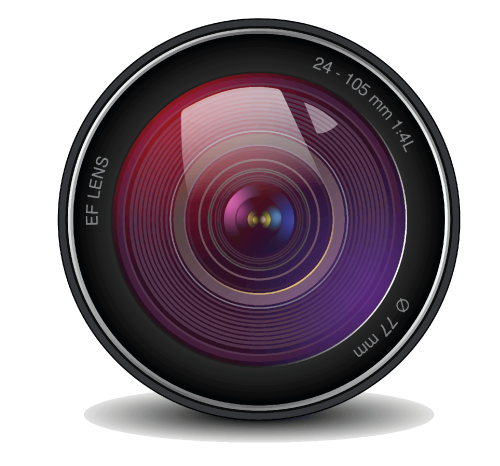18.06.24
13:30
Chinese researchers develop revolutionary mini-injection ultrasound sensor
These devices offer significant advantages in terms of energy efficiency
Chinese researchers have developed a revolutionary mini-injection ultrasound transducer to wirelessly monitor intracranial signals, overcoming the limitations of current clinical equipment. This is reported by
Xinhua News Agency, a partner of TV BRICS.
Physiological data are vital signs used by medical professionals to assess the state of the body, aiding in diagnosis and treatment. However, obtaining accurate physiological data in a safe and stable manner has long been a challenge in medical monitoring.
The study highlighted the shortcomings of current wired clinical devices, which are prone to infections and surgical complications, limiting patient mobility. Wireless implantable devices, while offering more freedom, face challenges such as limited range and difficulty in reducing size in the body.
Led by Professor Zang Jianfeng from the Huazhong University of Science and Technology, the research team developed an injectable, bioresorbable and wireless hydrogel sensor for ultrasound monitoring of intracranial signals. These eight cubic millimetre cubic shaped transducers are made of biodegradable hydrogel and aligned air columns with specific acoustic properties.
Implanted into the intracranial space with a needle, the transducers deform in response to physiological changes, causing shifts in the frequency of ultrasound waves that can be measured wirelessly. This allows the collection of various data such as intracranial pressure, temperature, pH levels and blood flow velocity.
The transducers are made of biodegradable materials, eliminating the need to remove them and reducing pain and risk of infection. An innovative algorithm developed by the research team allows data from multiple sensors to be efficiently analysed to separate different physiological factors.
These devices offer significant advantages in terms of energy efficiency and absence of thermal effects. They could find widespread application in clinical diagnosis and treatment, paving the way for a new era of medical technology.
Photo:
iStock
Back

